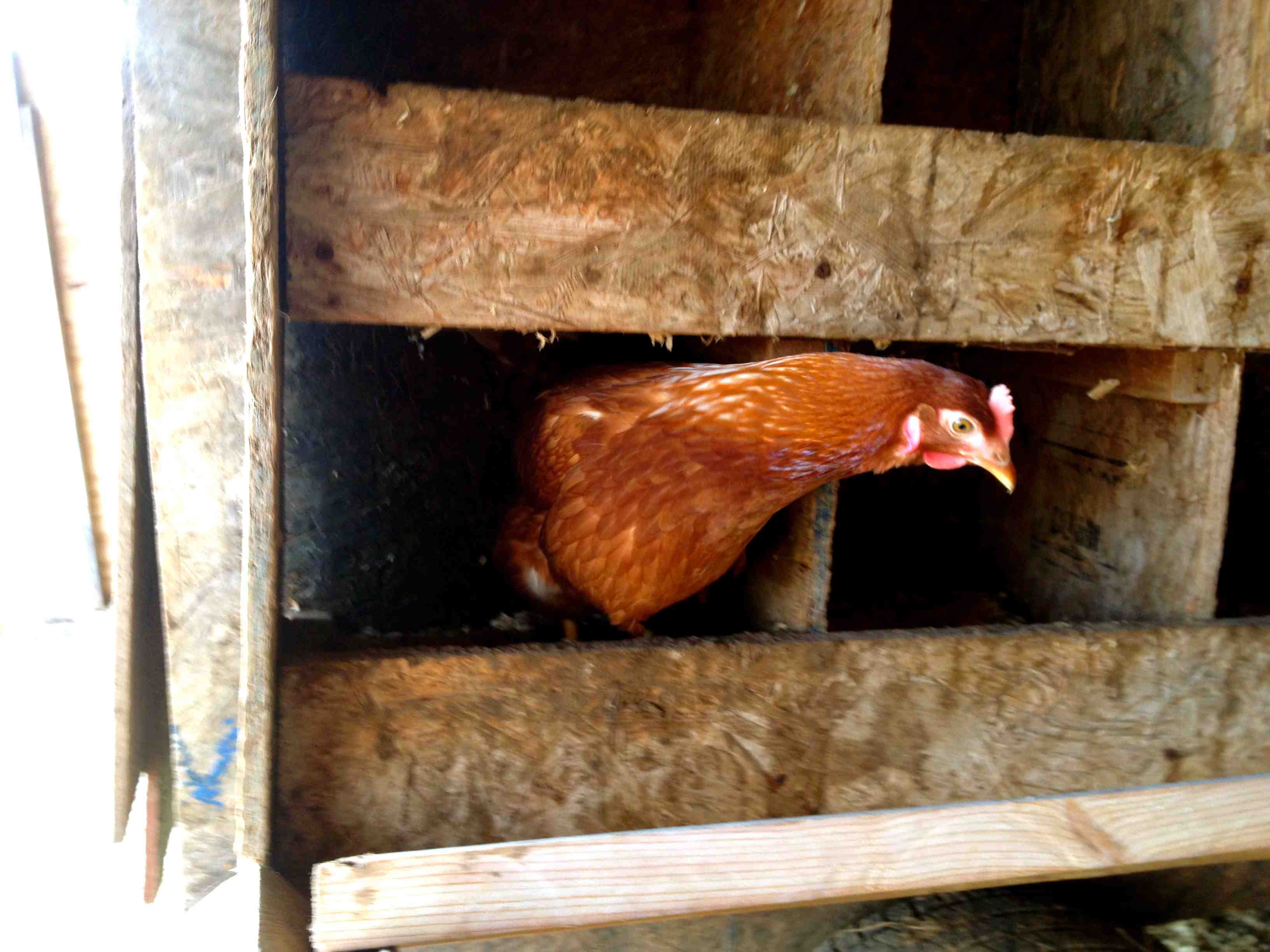There’s an old joke in agricultural communities:
Want to make a million dollars from farming? Start with two million.
Like many punchlines, there’s a kernel of truth to this humor. Farms are famously known for being money pits. It’s as if there’s a black hole in the center of the barnyard that sucks twenty dollar bills straight out of a farmer’s wallet. Personally, I’ve experienced this sensation on more than one occasion.
In fact, at a recent staff meeting, my crew and I spent an entire hour listing the supplies we needed for the upcoming spring season (nails, water troughs, gravel, fence boards, truck tires and market tents, to name a partial list). After we had finished, I asked, “now that we know what we need to spend, can we please talk about making some money?”
Winter is a challenging time for all farmers, but it’s especially onerous for a direct marketer like myself. Unlike most large-scale grain and livestock farms, there’s no off-season on my farm. Whereas grain farms can more or less ‘shut down’ between fall harvest and spring planting, and most big livestock farms can slow down to a hay-feeding routine, a farm like ours depends on year-round, weekly farmers markets to stay in business.
Because our farm maintains a never-ending schedule, we have year-round employees. Naturally, these folks must be paid. This requires us to maintain a constant—albeit reliably uneven—cash flow. But if food can’t grow in the winter, then how can a farm continue to create products, much less pay its bills and turn a profit?
The short answer is, it’s not easy. Historically, from January to March, our farm barely breaks even. Throw in a winter snow storm, or a couple of rainy 35 degree Saturdays at farmers markets, and our checkbook starts looking pretty scary. Regardless of how carefully I manage our finances, on days like these, I often wish I had two million dollars laying around just like in the joke.
Still, we’re able to raise amazingly high-quality food in the winter. Even though the pastures are short, the chickens and pigs grow well on corn and barley, and remain free-range even during the bleakest winter months. Our cattle and lambs eat hay during this period (they are 100% grass-fed), as they fertilize the pastures that will turn green again come April.
But hay and grain cost money. Lots of money. And it takes employees to feed the animals, as well as to staff our market booths. Compared to the ‘free’ grass of spring through autumn (and the farmers markets filled with four times as many customers during this same period), the winter months are a reliably stressful time on our bank account.
So why do we stamp our frozen feet on an icy Washington, D.C. street corner each weekend? Why not just shut the farm down in January, and read books in front of the fire?
The reason is because, on a farm like ours, seasonality is an inextricable part of our identity. The food we raise takes a long time to grow. Grass-finished steers take two full years to mature, and pasture-raised lambs take nearly a year. We keep our flock of laying hens for at least three years, and we stock our pastures with hogs monthly to make sure they grow at an even rate.
For a small farm such as ours, shutting down for the winter is almost impossible. It would require logistics of storage, timing, transportation and processing that defy small-scale capabilities. Besides, what would we do with all the fresh eggs? Seasonal challenges like these are precisely why supermarkets are so popular. It’s also the reason why most supermarket food comes from a cardboard box.

Even a small amount of savings at the end of a long winter is a genuine accomplishment on a farm. Sometimes, it’s all that gets us through.
But back to the title. As the punchline suggests, for most small farms, making a million dollars is probably unrealistic. After 17 years of farming, I haven’t come close to netting a million. But growing food that I believe in—honest, nutritious, wholesome food—and interacting with grateful, appreciative customers, is the true reward in this business.
The old saying goes, “Do what you love, and the money will follow.” Each winter, we somehow manage to scrape by, and before we know it, we find ourselves wading waist-deep through spring pastures. From the top of a hillside, looking out over the fields, the view is greener than a million dollar bills.
Check out my books!












Leave a Reply